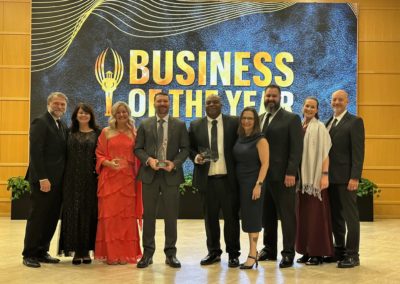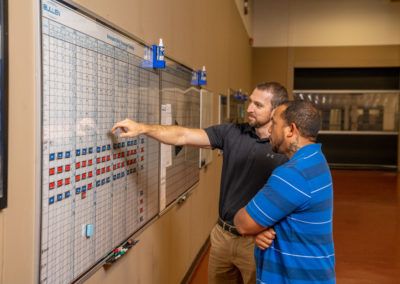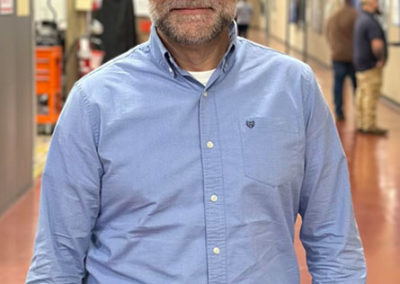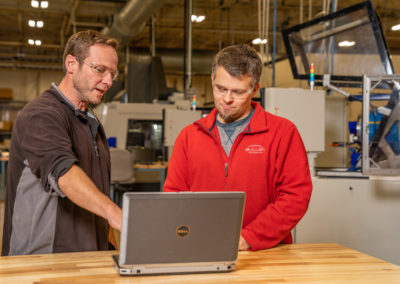Giving Back, Showing Up: The Power of Corporate Volunteerism
Last month, I found myself holding a paint roller in one hand and a renewed sense of purpose in the other. My coworkers and I weren’t in a meeting—we were volunteering at The Common Good of Preble County, a local nonprofit thrift store and food pantry, helping prep the walls of their new building. It wasn’t my first time with this organization, and it certainly wasn’t my first experience with the nonprofit world. But it reminded me of something I learned the summer before: the difference volunteers—and companies—can make when they simply show up.
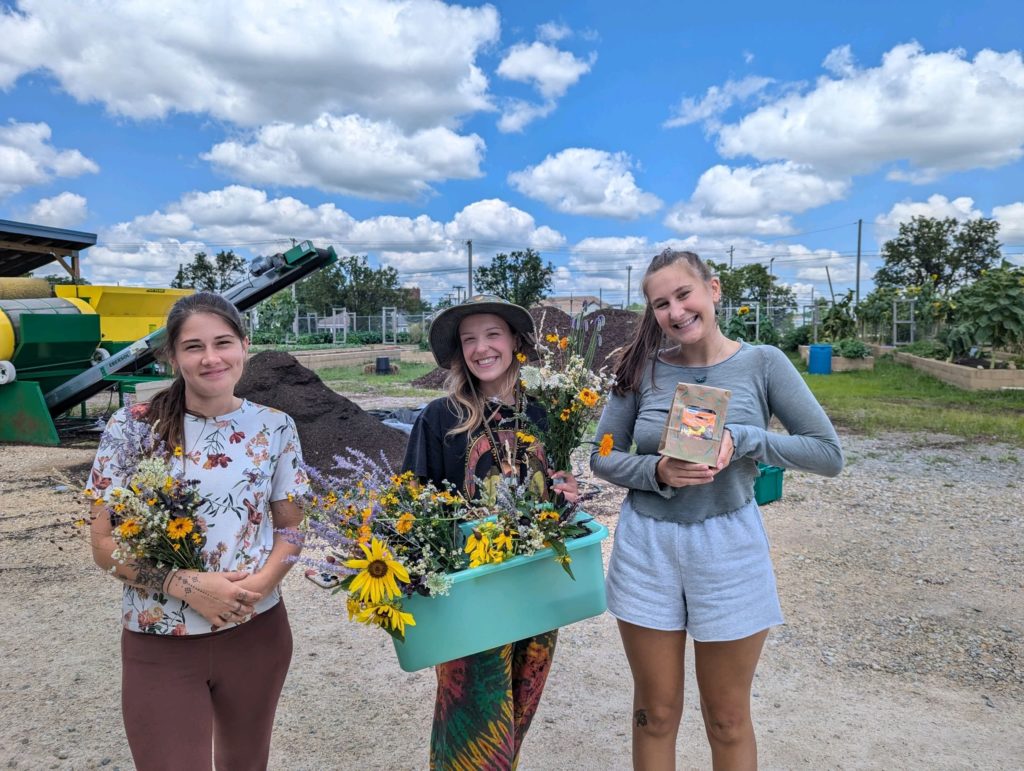
In 2024, I spent the summer working at The Foodbank, Inc. in Dayton—a massive operation that supplies food to over 100 smaller pantries across the region. Beyond distributing millions of pounds of food annually, they also run community gardens, composting programs, and educational events. Their roots run deep, and their reach extends across counties. It’s the kind of place that doesn’t just serve the community—it strengthens it.
I came in with a curious mind. As an aspiring neuroscientist, nonprofit work was far outside my usual realm. I didn’t know what to expect. But what I found was a network of partnerships, purpose, and passion. The Foodbank was a logistical powerhouse, but what really shocked me was how few full-time employees made it all happen. On the days they ran mobile food pantries—feeding 500+ families from trucks set up in church parking lots—there were often just a handful of staff members on-site. So how did they pull it off?
Volunteers.
Every department relied on them. People from all walks of life gave a few hours—or dozens each week—because they believed in the mission. They sorted produce, packed boxes, tended gardens, and loaded cars. Without them, the shelves would sit full and the trucks would sit idle.
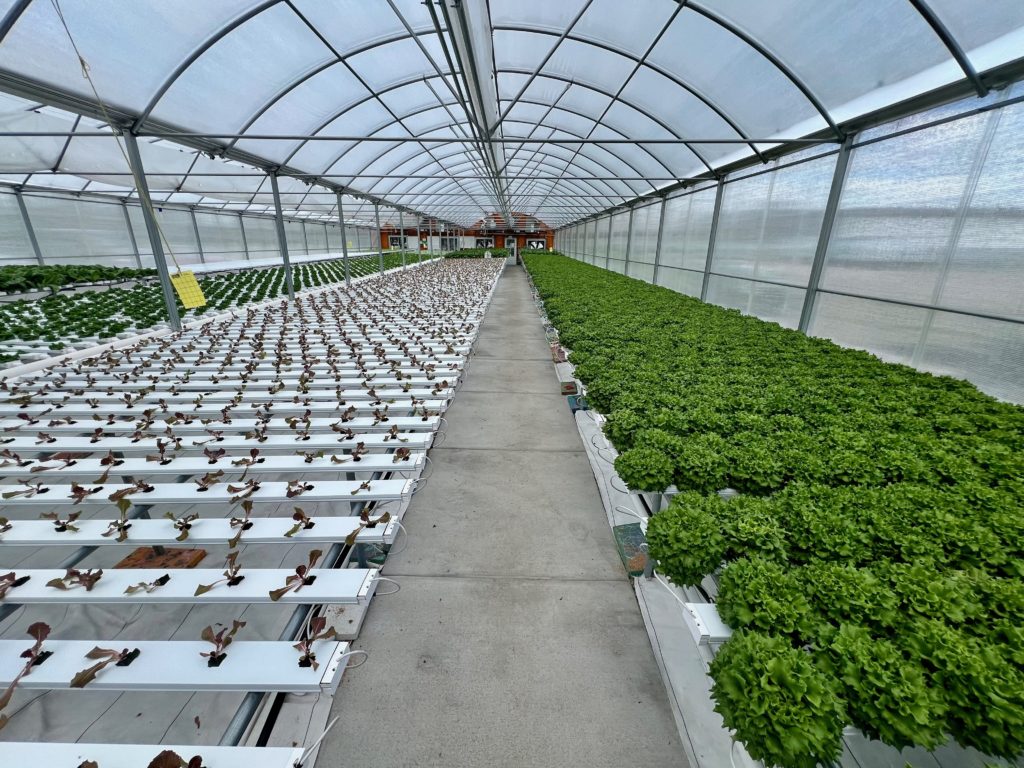
That summer opened my eyes. Volunteering wasn’t just about filling gaps—it was about creating connection. These experiences weren’t just acts of service; they were acts of community-building.
Through The Foodbank, I also met partners like The Common Good of Preble County. These smaller pantries often receive nearly all of their food from larger hubs like The Foodbank—and they receive it at no cost. Through shared deliveries, community meetings, and collaboration, these organizations form a web of support that reaches thousands of families throughout Southeast Ohio. Their impact is impossible to quantify.
And yet—they can’t do it alone.
Why Corporate Involvement Matters
Nonprofits aren’t the only ones shaping our communities—businesses play a role, too. We work in them, shop at them, rely on them. They are fixtures in our daily lives. So why shouldn’t they be part of the solution?
When companies create space for employees to volunteer, they do more than donate time. They send a message: we value people over productivity metrics. They bridge the gap between profit and purpose. And in doing so, they help strengthen not just nonprofits, but the communities those nonprofits serve.
I’ve seen firsthand the kind of energy that radiates from people who care deeply about service. It’s contagious. Being surrounded by those who wake up every day to serve their communities changed how I see the world—and myself. That sense of purpose stays with you long after you leave the site.
Corporate volunteerism isn’t just good PR. It’s good culture. It builds morale, strengthens teams, and gives employees something more meaningful to be a part of. It reminds us that some of the most valuable work we do has nothing to do with spreadsheets or sales numbers.
Everyone Has Something to Offer
Not everyone can donate money. But everyone has something to give—time, energy, skill, or simply a willingness to show up. Whether it’s painting walls, sorting donations, or handing out food, every small act adds up to something bigger.
If every workplace made space for service—even just a few hours a year—we’d all be better for it. I know I am.
So ask yourself—and your company—this:
What could we do, together, if we made a little more room to serve?
- Written by Bullen summer intern, Gabrielle Brown
